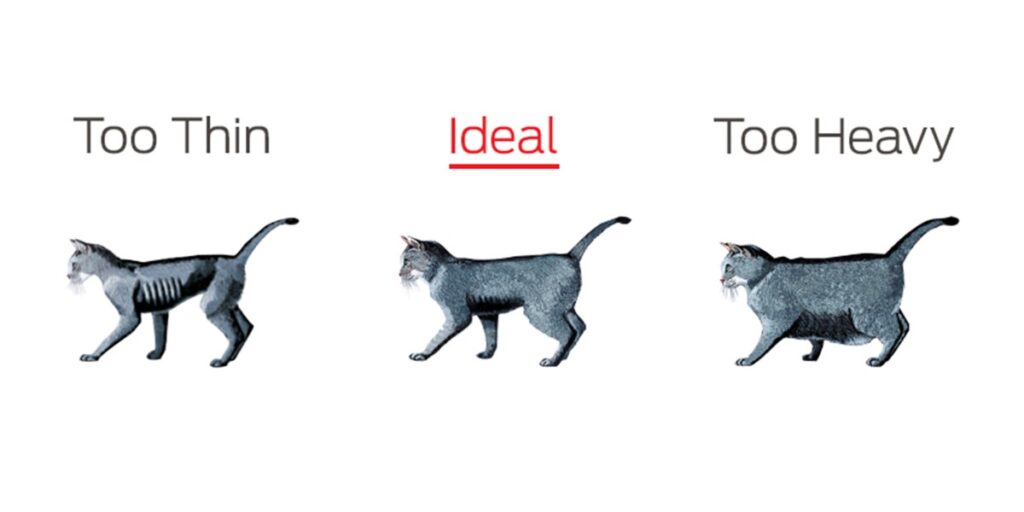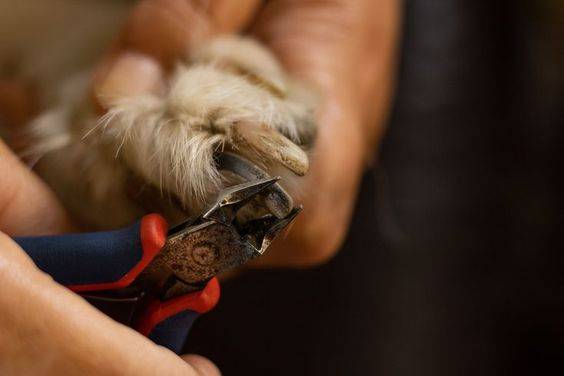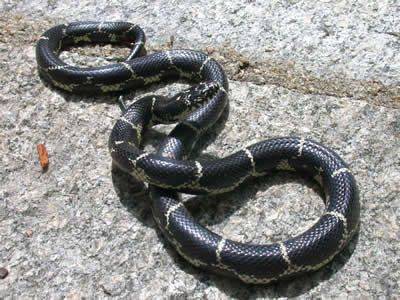Wild rabbits are fascinating creatures that thrive in various environments, from forests and grasslands to urban areas. Understanding their dietary needs is crucial for ensuring their health and well-being. This blog will explore the different types of wild rabbit food consumed, offering a detailed look at their natural diet and the best practices for supporting their nutrition if you encounter them in your garden or backyard.

Introduction to Wild Rabbit Diet
Wild rabbit food choices vary with the seasons and availability, but generally include grasses, herbs, leaves, fruits, and vegetables. This diverse diet provides them with the necessary nutrients to maintain their health and reproductive success.
Natural Habitat and Seasonal Variations
Spring and Summer Diet
In spring and summer, wild rabbit have access to a wide variety of fresh vegetation. During these seasons, their diet is rich in:
- Grasses: Fresh, green grasses form the bulk of a wild rabbit food diet. They provide essential fibers that aid in digestion and help maintain dental health by wearing down their continuously growing teeth.
- Herbs and Wildflowers: Wild rabbits enjoy a range of herbs and wildflowers such as clover, dandelion, and plantain. These plants are not only nutritious but also contain medicinal properties that help rabbits maintain their health.
- Leaves and Shoots: Tender leaves and new shoots from shrubs and bushes are a favorite among wild rabbits. These are high in moisture content, providing hydration along with nutrients.
- Vegetables: Occasionally, wild rabbits might venture into gardens to nibble on vegetables like lettuce, spinach, and carrots. While these are not their primary wild rabbit food sources, they can be a tasty supplement.
Fall and Winter Diet
As the seasons change and temperatures drop, the availability of fresh vegetation decreases. Wild rabbits adapt by shifting their diet to include:
- Bark and Twigs: During the colder months, when green vegetation is scarce, rabbits rely on the bark and twigs of trees and shrubs. This diet is higher in fiber but lower in moisture, so rabbits will eat snow for hydration.
- Dried Grasses and Hay: Leftover dried grasses and hay from the previous seasons become important wild rabbit food sources. These provide essential fibers needed for digestion and dental health.
- Roots and Tubers: When surface vegetation is limited, wild rabbits dig for roots and tubers, which offer necessary nutrients and energy.
- Stored Food: Some rabbits might benefit from stored food, such as nuts and seeds, found in their habitat or cached by other animals.
Nutritional Needs of Wild Rabbit Food
- Fiber: Essential for proper digestion and preventing gastrointestinal issues. High-fiber foods include grasses, hay, and leafy greens.
- Proteins: Important for growth and reproductive health. Sources include fresh greens, herbs, and occasional vegetables.
- Vitamins and Minerals: Necessary for overall health, provided by a varied diet of different plants, vegetables, and fruits.
- Water: While wild rabbit food most of their hydration from what they eat, they also need access to fresh water, especially in drier conditions.
Common Plants Eaten by Wild Rabbits
Grasses
Grasses are readily available and provide the necessary fiber for digestion and dental health. Some common grasses include:
- Timothy Grass: A favorite among rabbits, it is high in fiber and easy to digest.
- Fescue: Another grass that rabbits consume for its high fiber content.
- Ryegrass: Provides a good source of nutrients and is commonly found in meadows and lawns.
Herbs and Wildflowers
Wild rabbits forage for various herbs and wildflowers that provide essential nutrients and medicinal benefits. Popular choices include:
- Plantain: Known for its anti-inflammatory properties and high nutrient content.
Leaves and Shoots
Young leaves and shoots are particularly appealing to wild rabbits due to their tenderness and high moisture content. Commonly consumed leaves include:
- Bramble Leaves: From blackberry and raspberry bushes, providing essential nutrients and hydration.
- Willow Leaves: High in fiber and beneficial for dental health.
Fruits and Vegetables
While not a primary wild rabbit food source, wild rabbits do enjoy fruits and vegetables when available. These provide additional vitamins and hydration. Common choices include:
- Apples: High in vitamins and fiber, though should be given in moderation due to sugar content.
- Carrots: A favorite treat, rich in beta-carotene and fiber.
Best Practices for Feeding Wild Rabbits
If you find wild rabbits in your garden or backyard and wish to support their diet, here are some best practices to follow:
- Offer Natural Foods: Provide fresh grasses, herbs, and leafy greens that mimic their natural diet. Avoid feeding them processed foods or human snacks.
- Create a Safe Environment: Ensure the area is free from predators and harmful chemicals. Rabbits need a safe space to forage and feel secure.
- Provide Fresh Water: While they get moisture from their wild rabbit food, having a source of freshwater is beneficial, especially during dry seasons.
- Avoid Overfeeding: Wild rabbits should maintain their natural foraging behavior. Offering too much food can disrupt their natural diet and habits.
- Plant Rabbit-Friendly Gardens: Grow plants that are safe and nutritious for rabbits, such as clover, dandelion, and various grasses. This encourages natural foraging and supports their health.
Plants to Avoid
It is important to be aware of these plants to avoid inadvertently causing harm. Common toxic plants include:
- Nightshade Plants: Includes tomatoes, potatoes, and eggplants, which can be toxic to rabbits.
- Onions and Garlic: Can cause digestive issues and should be avoided.
Inference
Understanding the dietary needs and wild rabbit food preferences is essential for supporting their health and well-being. By providing a natural, balanced diet that mimics their environment, we can help these fascinating creatures thrive. Whether you’re a nature enthusiast, a gardener, or simply someone who enjoys the presence of wild rabbits in your area, this knowledge ensures that you can contribute positively to their habitat and diet.







